
Pressure canning giblets is a method of preserving poultry offal, such as the liver, heart, and gizzard, by using heat and pressure to create a seal that prevents bacterial growth. This process involves placing the giblets in jars and then subjecting them to high temperatures and pressure inside a pressure canner for a specific amount of time.
This method is commonly used to preserve poultry offal for long-term storage and can be a convenient way to have them readily available for use in recipes throughout the year. It’s important to follow proper pressure canning guidelines and safety measures to ensure the quality and safety of the canned giblets.
Why should you use a pressure canner for Pressure Canning Giblets?
A pressure canner is necessary for pressure canning giblets because it is the only method that can safely achieve the high temperatures and pressure required to kill harmful bacteria and create a seal that will prevent spoilage. Unlike water bath canning, which is appropriate for acidic foods like fruits, pickles, and tomatoes, pressure canning is necessary for low-acid foods like meat, poultry, and vegetables that are prone to spoilage and bacterial growth.
Pressure canners are designed to reach temperatures of at least 240°F (116°C) and a pressure of 10 to 15 pounds per square inch (psi), which is necessary to kill the bacteria that can cause botulism, a potentially fatal form of food poisoning. This is especially important when canning poultry offal like giblets, which can harbor harmful bacteria if not handled and processed properly.
In summary, a pressure canner is essential for pressure canning giblets to ensure their safety and prevent spoilage. It’s important to follow proper pressure canning guidelines and safety measures to ensure the quality and safety of the canned giblets.
How to make Pressure Canning Giblets in a pressure canner
Here are the general steps for pressure canning giblets in a pressure canner:
- Clean and prepare the giblets by removing any excess fat, gristle, or connective tissue. Rinse the giblets under cold running water and pat them dry with paper towels.
- Sterilize your canning jars, lids, and rings by boiling them in water for 10 minutes or running them through a dishwasher on the sterilization cycle.
- Pack the giblets into the sterilized jars, leaving 1 inch of headspace at the top. You can add some salt or seasoning if desired.
- Wipe the jar rims with a clean, damp cloth to remove any residue or debris.
- Place the lids and rings on the jars and tighten them finger-tight. Do not over-tighten.
- Fill the pressure canner with 2 to 3 inches of hot water and place the jars inside on a rack.
- Secure the lid on the canner and bring it to a boil over high heat until steam starts to escape from the vent pipe.
- Allow the canner to vent steam for 10 minutes to remove any air pockets from the jars.
- Close the vent pipe by adding a weighted gauge or locking the petcock in place, depending on the type of canner you are using.
- Increase the heat to bring the canner up to the appropriate pressure for your altitude. Check your pressure canner manual for the recommended pressure and processing time.
- Process the jars for the recommended time, adjusting the heat as necessary to maintain a steady pressure.
- Turn off the heat and let the canner cool down and depressurize naturally. Do not remove the weight or open the petcock until the pressure has returned to zero and the canner has cooled down.
- Remove the jars from the canner using a jar lifter and place them on a towel or rack to cool. Check the seals after 24 hours to ensure they are properly sealed. Any unsealed jars should be refrigerated and used within a few days.
In summary, pressure canning giblets in a pressure canner requires careful preparation and attention to detail to ensure the safety and quality of the canned product. Always follow proper pressure canning guidelines and safety measures to prevent spoilage and bacterial growth.
Tips for making Pressure Canning Giblets in a pressure canner
Here are some tips for making pressure canning giblets in a pressure canner:
- Use only fresh, high-quality giblets for canning. Avoid using giblets that are discolored, have an off odor, or show any signs of spoilage.
- Follow proper canning procedures and safety measures to prevent bacterial growth and ensure the quality and safety of the canned giblets.
- Be sure to adjust the pressure and processing time based on your altitude. High altitude can affect the pressure required to achieve safe canning temperatures.
- Use only recommended recipes and processing times from reputable sources, such as the USDA or National Center for Home Food Preservation.
- Do not reuse lids or rings for canning, as this can compromise the seal and increase the risk of spoilage.
- Allow the pressure canner to cool down and depressurize naturally, as rapid cooling can cause the jars to break or not seal properly.
- Store the canned giblets in a cool, dry, and dark place for up to one year. Label the jars with the contents and date of canning for easy reference.
- Always check the seals before using canned giblets. Any unsealed jars should be refrigerated and used within a few days.
- Use proper food handling and storage techniques when using canned giblets in recipes, such as cooking them to the recommended temperature before consuming.
Related Posts
Why Trust Us
You will find what you are looking for at Jody's Bakery. From classic to luxury brands, you'll find both. We will help you to select appliances that fit your needs, budget and lifestyle. Whether you want to stop by to learn more — or plan to make a major purchase — we’ll treat you like family and assist you every step of the way. Shop with us today to receive friendly and experienced help along the way.








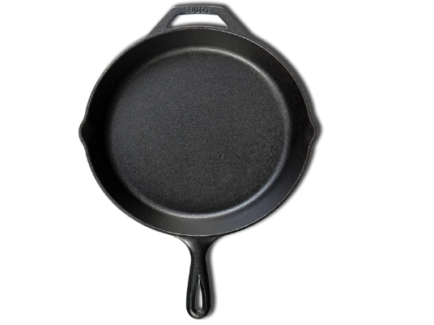
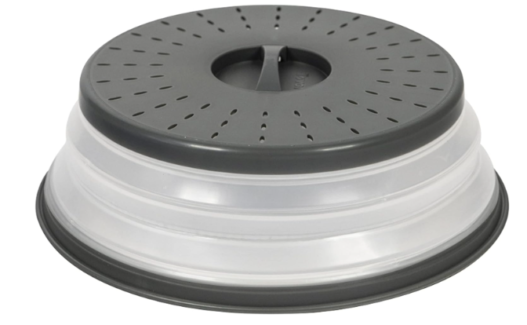
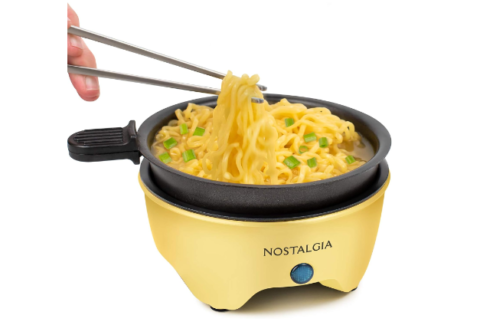
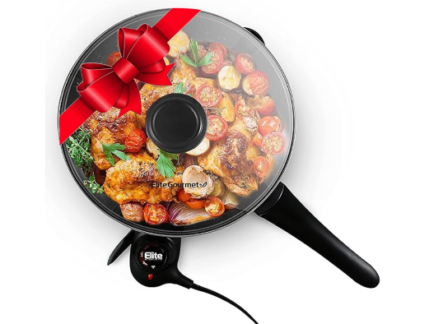
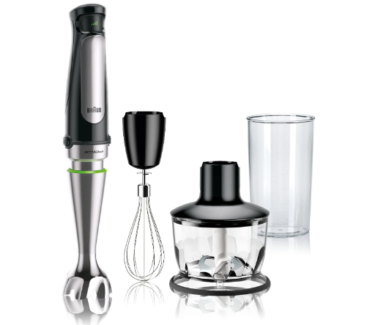
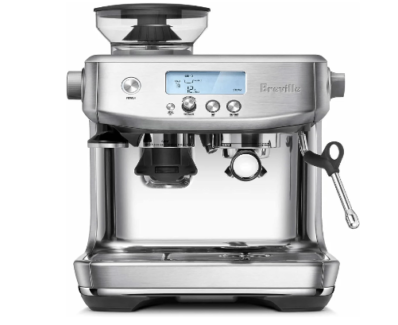
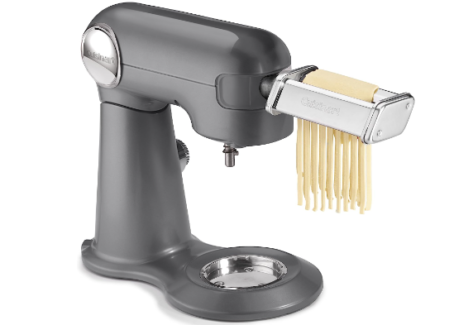

… [Trackback]
[…] Read More Info here to that Topic: jodysbakery.com/pressure-canning-giblets/ […]
… [Trackback]
[…] Find More on to that Topic: jodysbakery.com/pressure-canning-giblets/ […]
… [Trackback]
[…] Here you will find 25488 additional Info on that Topic: jodysbakery.com/pressure-canning-giblets/ […]